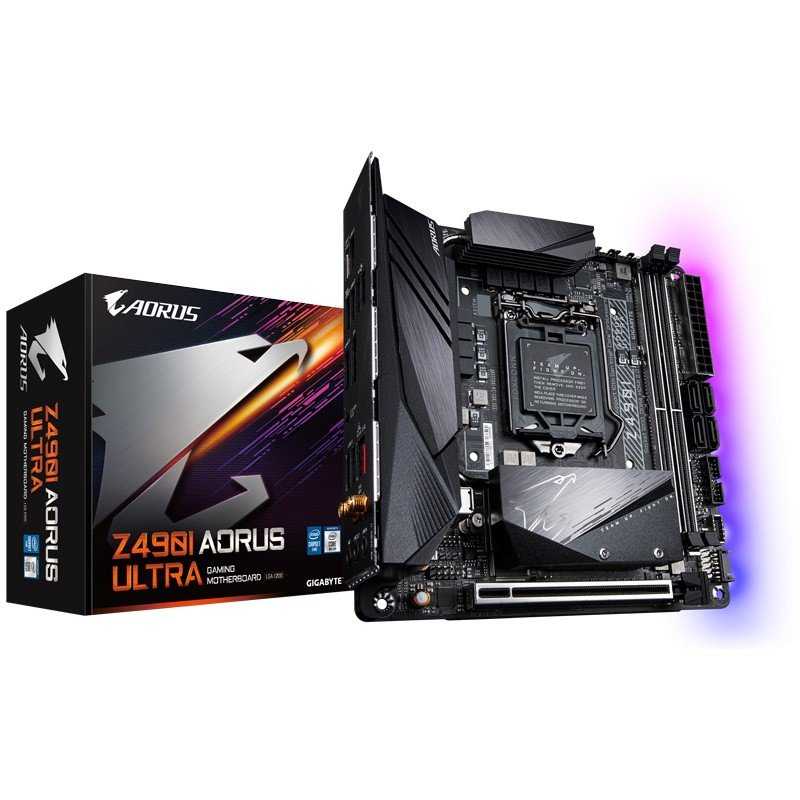CFD Trading Fees and Charges: What to Watch For
If you’re interested in trading, you’ve probably heard about Cfds. Contracts for Difference or Cfds have gathered widespread attention in the last few years as they offer a convenient way to trade financial markets without owning the underlying asset. In essence, Cfds allow you to speculate on the price movements of a wide range of financial assets including stocks, indices, commodities, and currencies.
However, CFD trading can be tricky, and many novice traders end up losing their money due to a lack of knowledge. In this blog post, we’ll take an in-depth look at the basics of CFD trading. By the end of this post, you’ll have a sound understanding of Cfds and be better equipped to start trading.
What are Cfds?
As mentioned earlier, Cfds are financial derivatives that allow you to trade on the price movements of various assets. When you enter into a CFD trade, you’re basically betting on whether the asset’s price will rise or fall. If you’re right, you make a profit; if you’re wrong, you suffer a loss.
Margin Trading
One of the most significant attractions of CFD trading is leverage. By using leverage, you can trade with a more significant amount than you actually have in your account. For instance, if you have $1,000 in your trading account, and you’re trading with a 10:1 leverage, you can trade with $10,000 worth of assets. While leverage can amplify your profits, it can also increase your losses.
CFD Intermediary
To enter into a CFD trade, you need a CFD intermediary or broker. The intermediary provides you with access to the financial market and charges you a commission or a spread for their services. When choosing a CFD intermediary, it’s important to choose a regulated company to ensure the safety of your funds.
The CFD Spread
When you enter a CFD trade, you’ll notice that there’s a difference between the buy and sell price of an asset. This difference is known as the spread, and it’s how the intermediary makes money. The spread is usually given in pips, which is the smallest unit of a currency’s price change.
Risk Management
Risk management is essential in CFD trading. As with any form of trading, there’s a risk of losing your investment, and it’s vital to have a risk management plan to minimize your losses. You can use stop-loss orders to automatically close a position if it reaches a particular price level. Additionally, you can use take-profit orders to lock in your profits.
Conclusion:
cfd how it works trading can be a lucrative form of investment if done correctly. However, it’s essential to understand the basics of CFD trading and implement a sound risk management strategy. By being mindful of the spread, choosing a regulated intermediary, and using leverage cautiously, you can trade Cfds with confidence. We hope this blog post has provided you with a comprehensive overview of the basics of CFD trading and given you the confidence to start trading.
